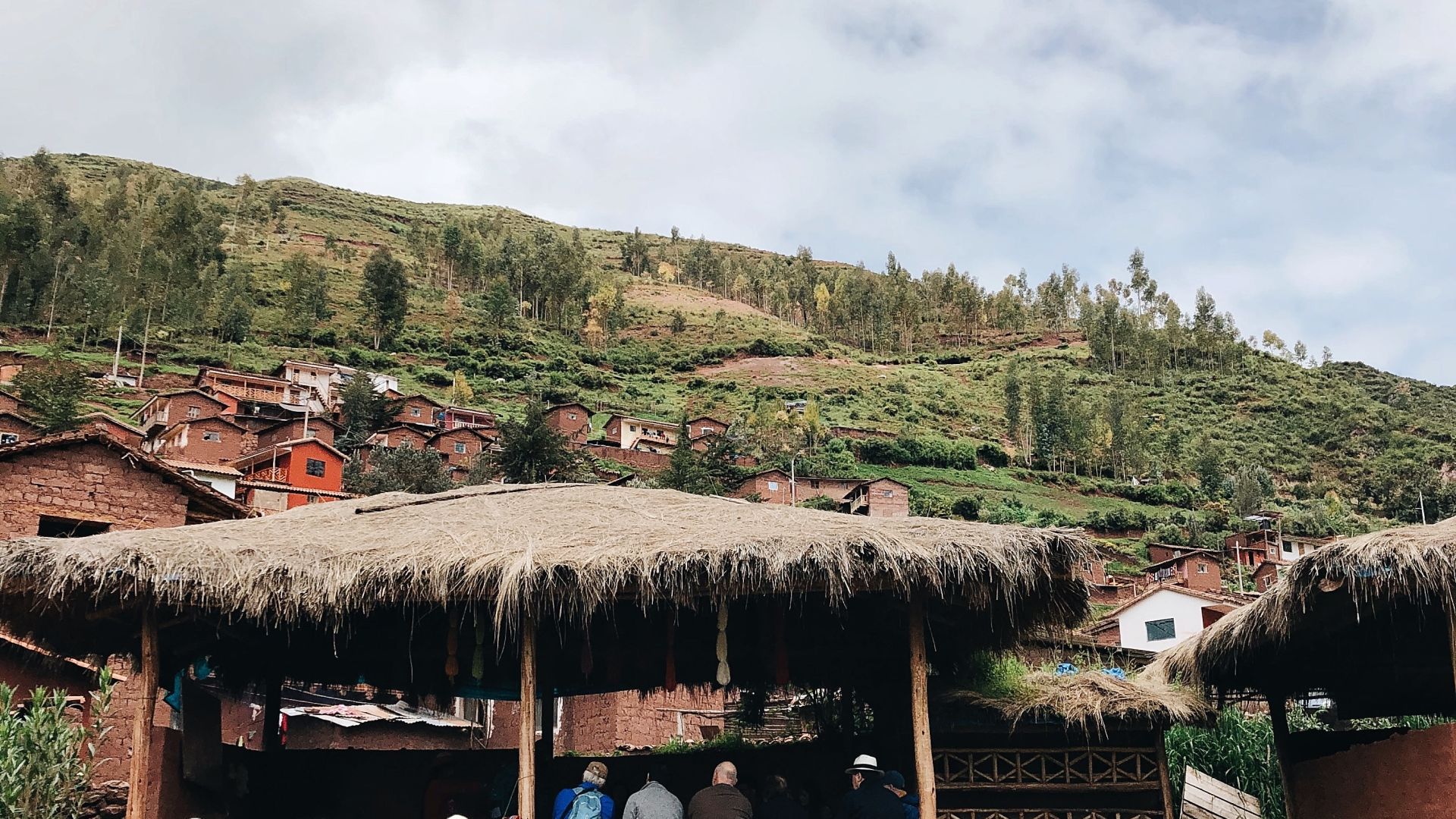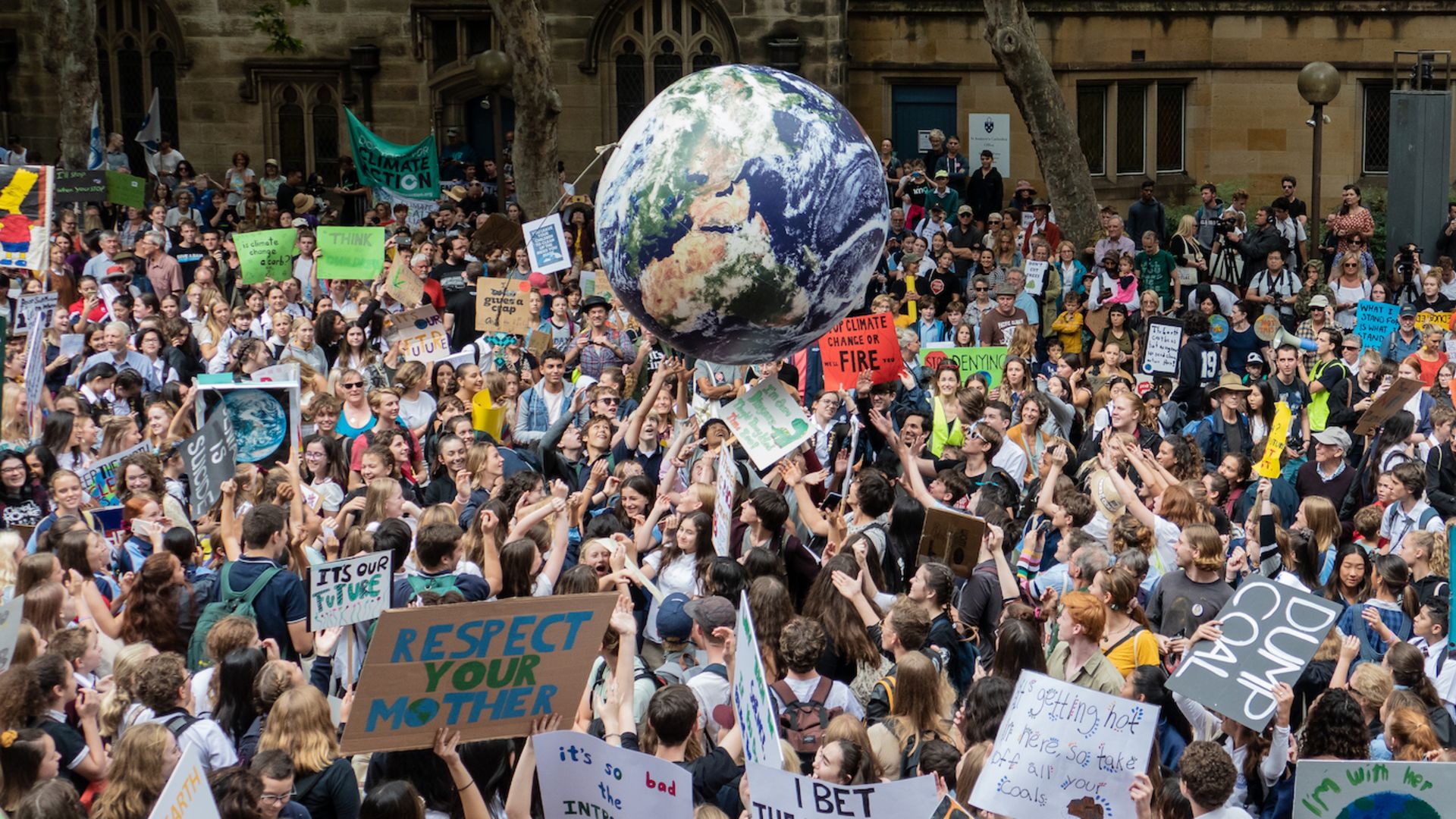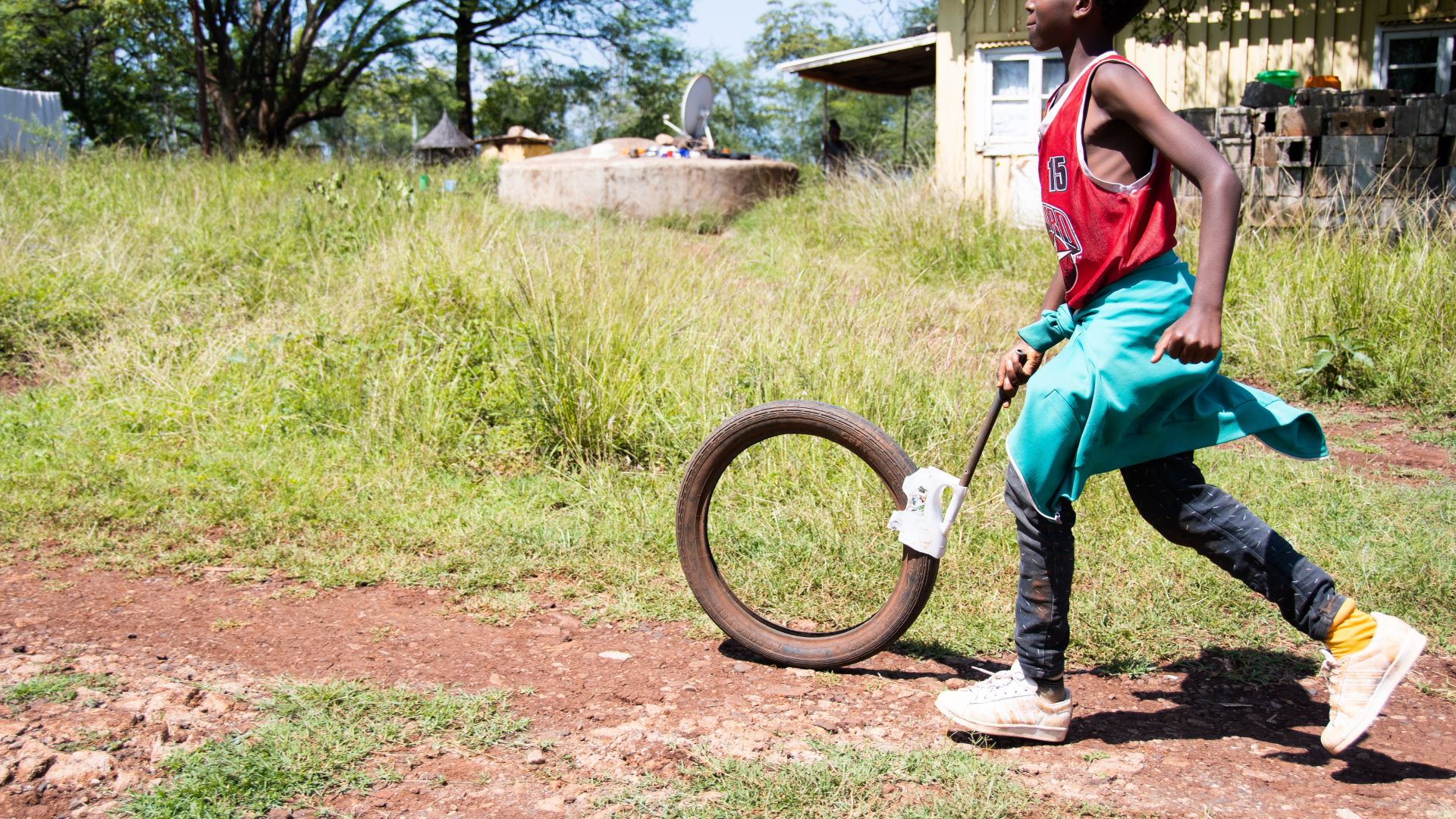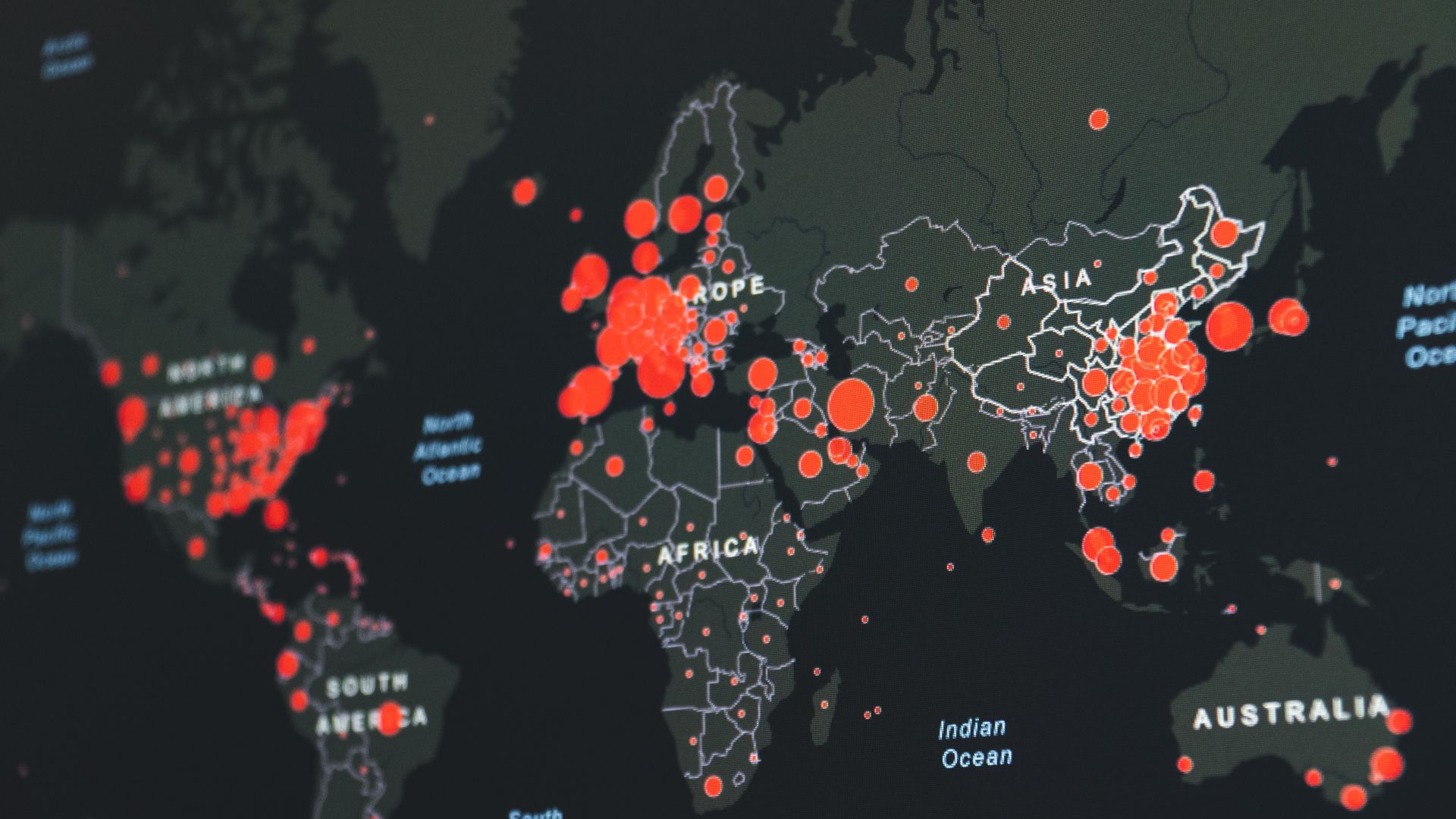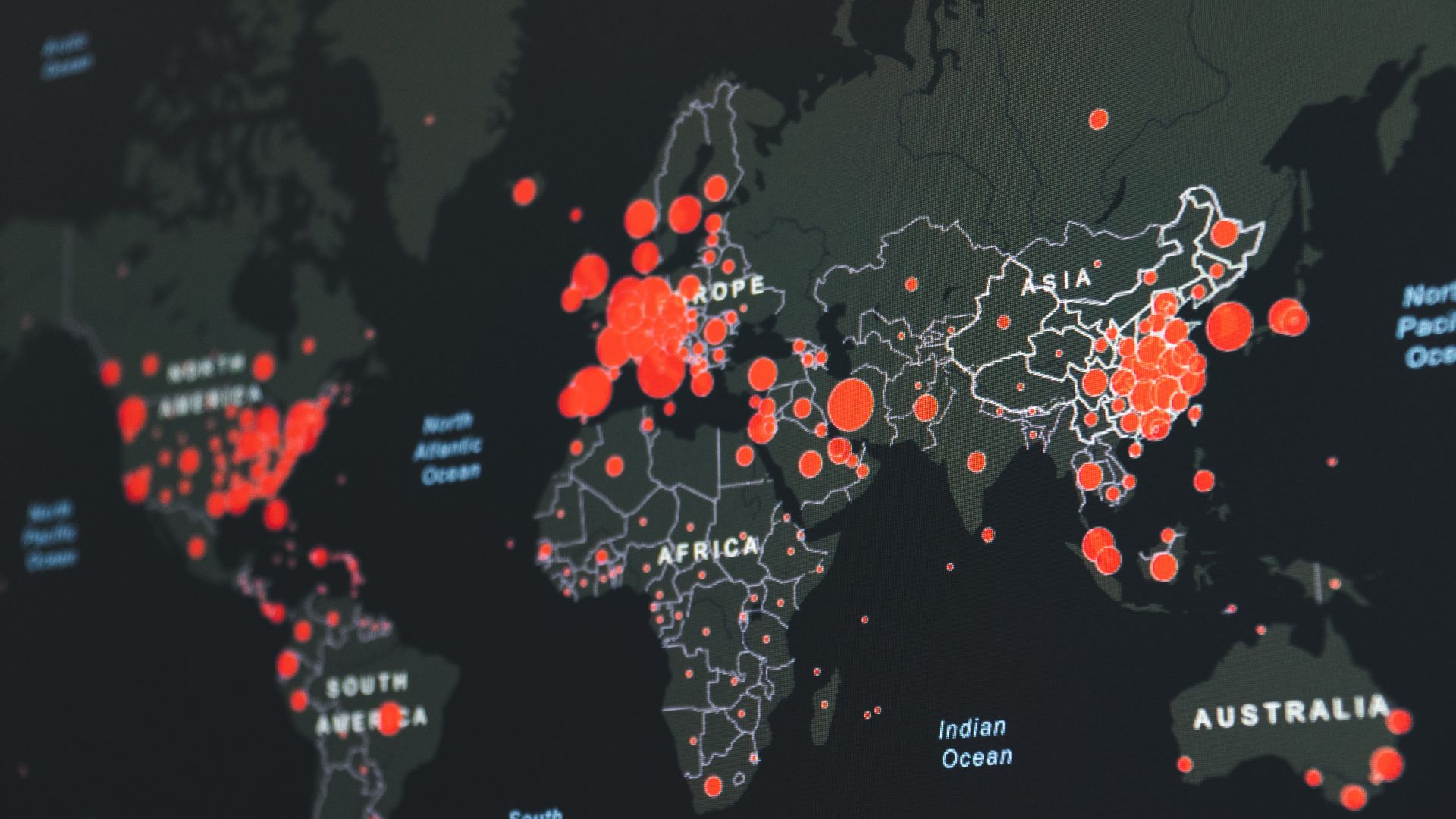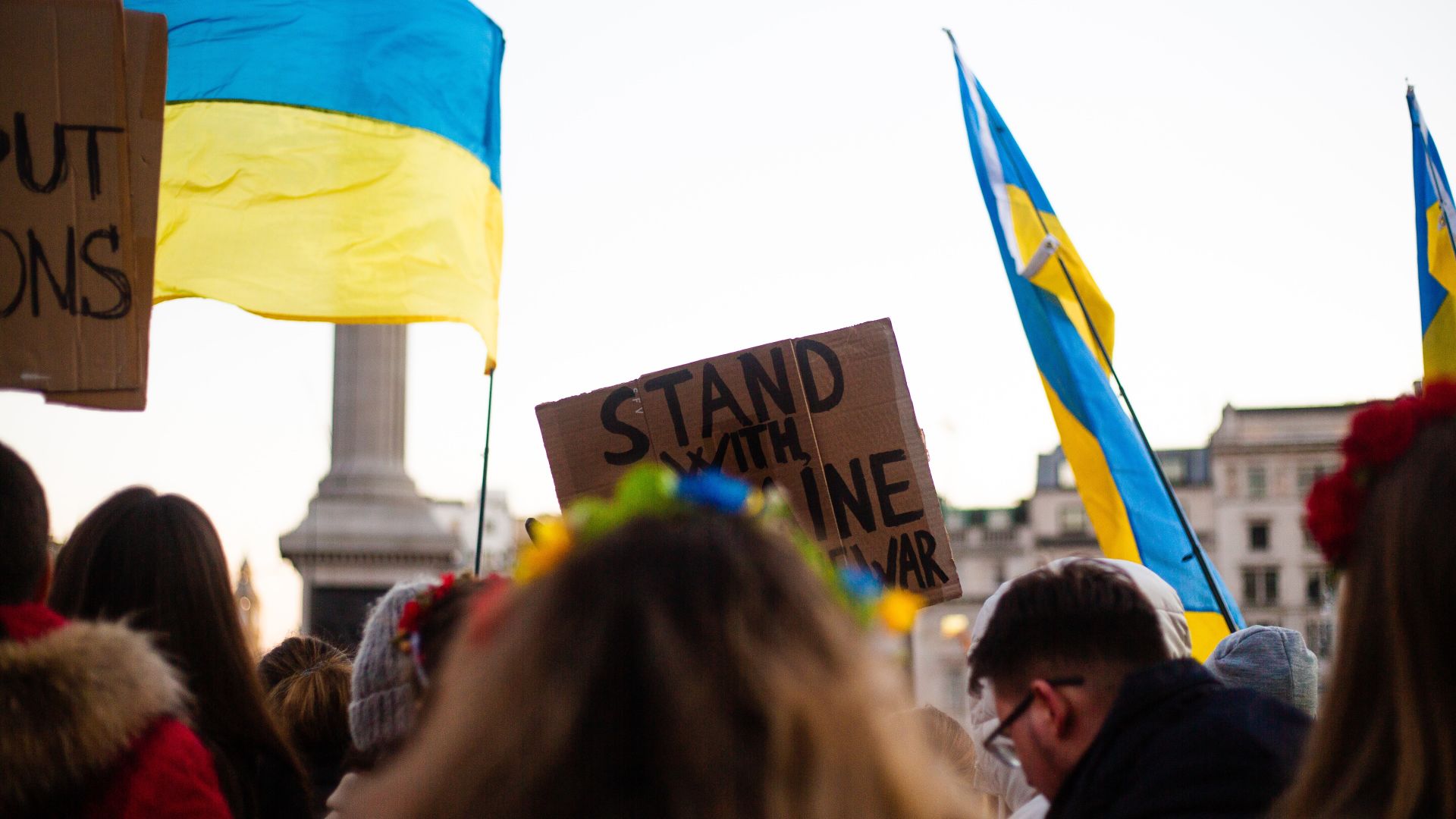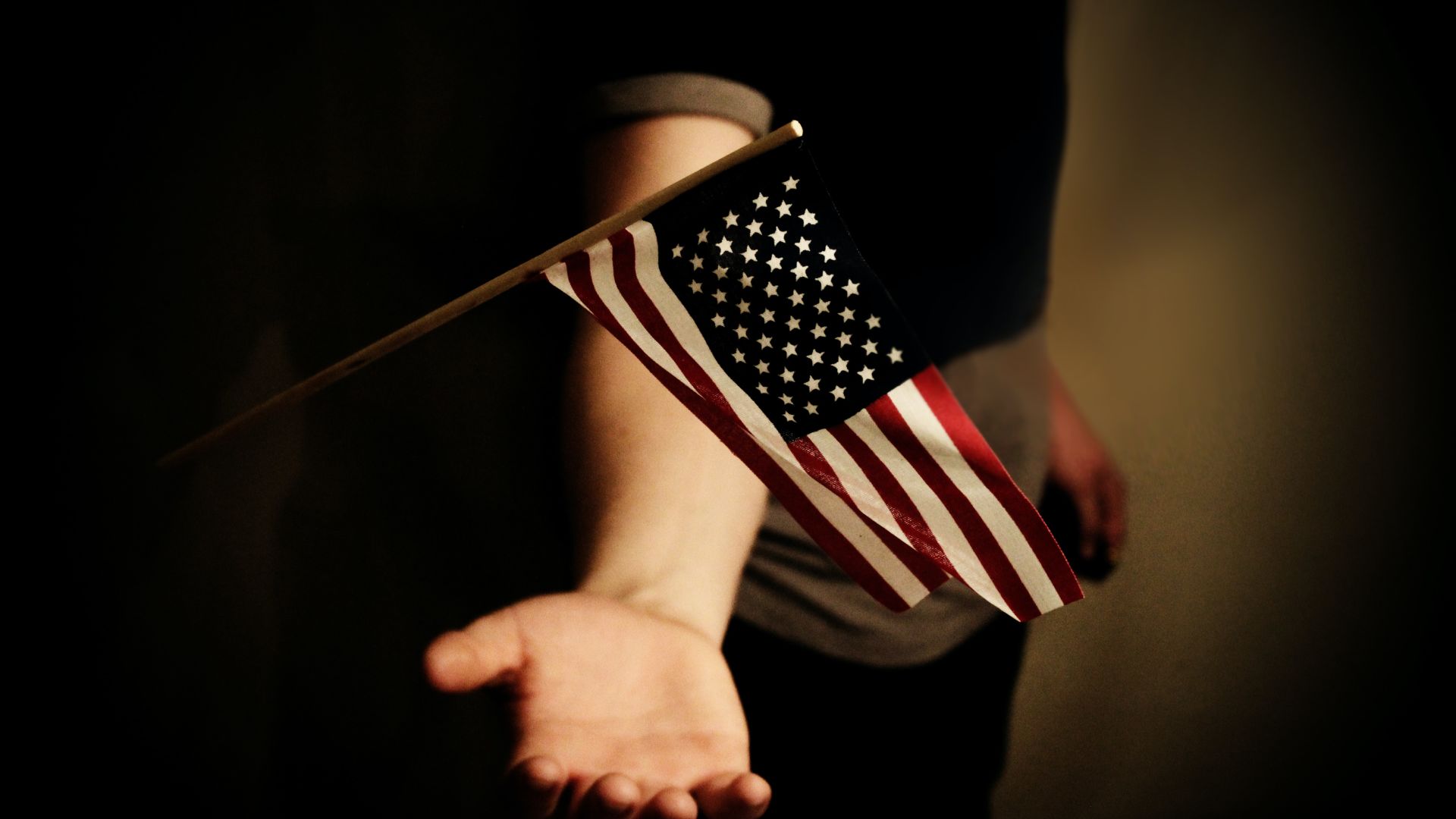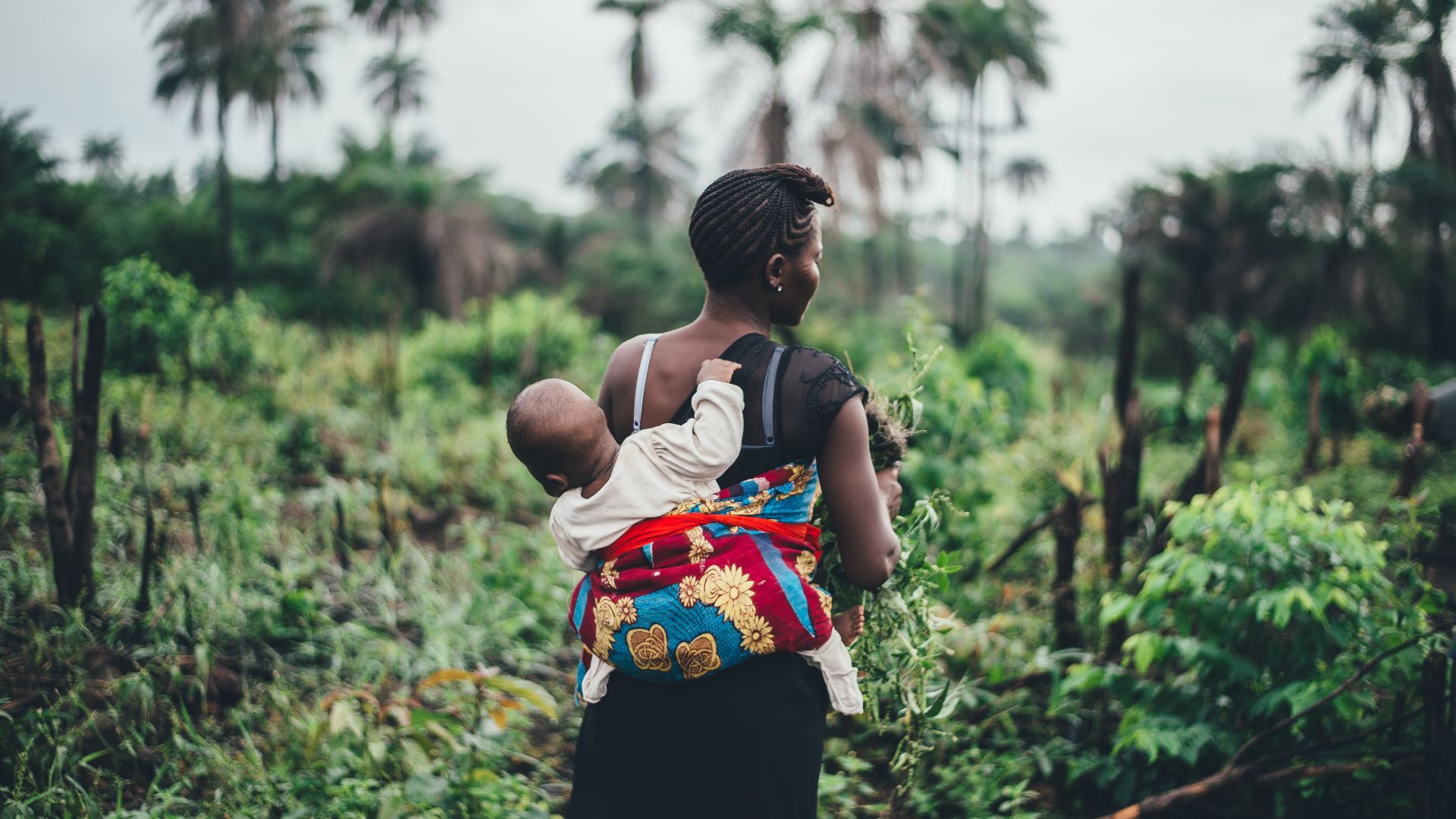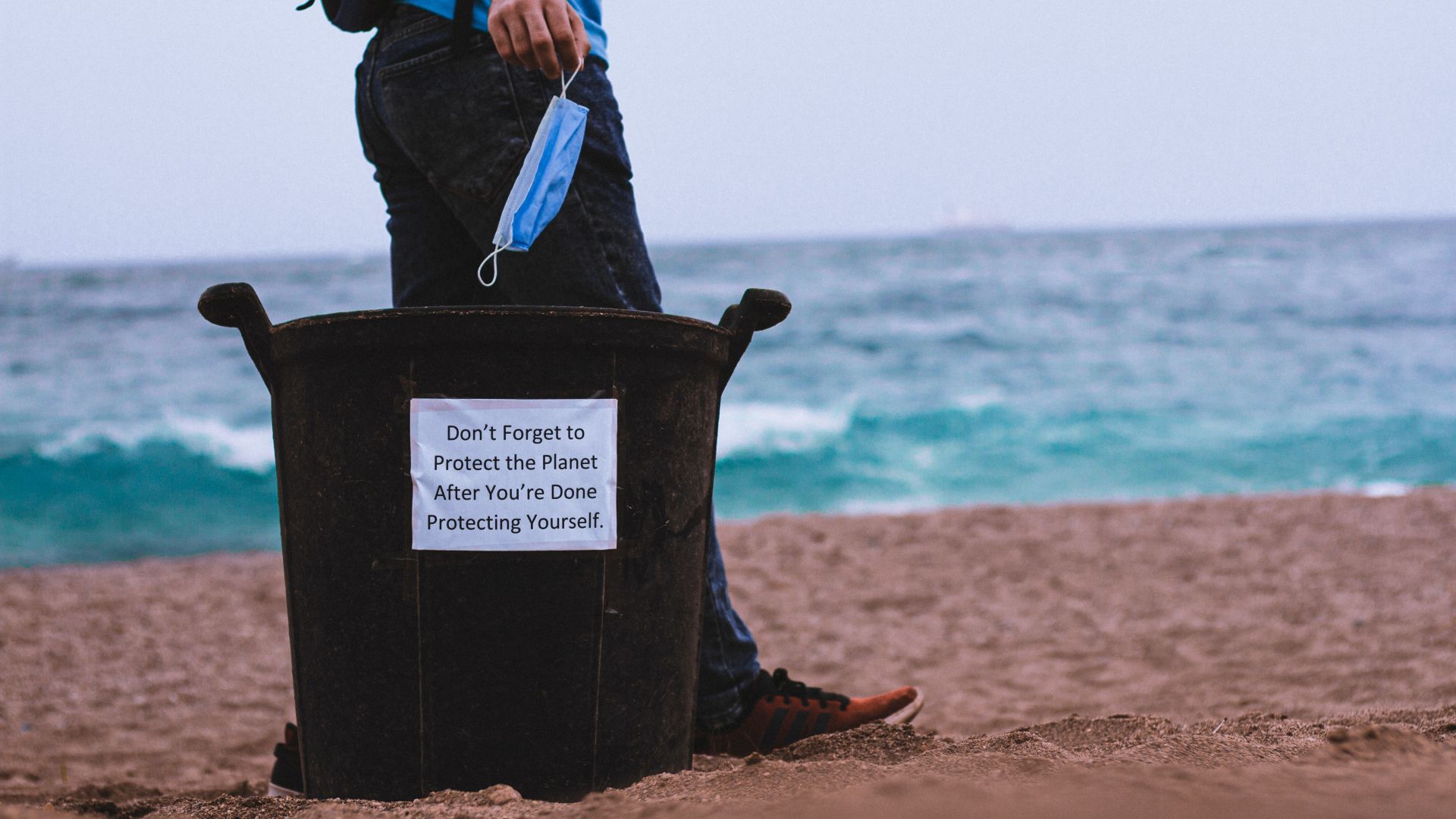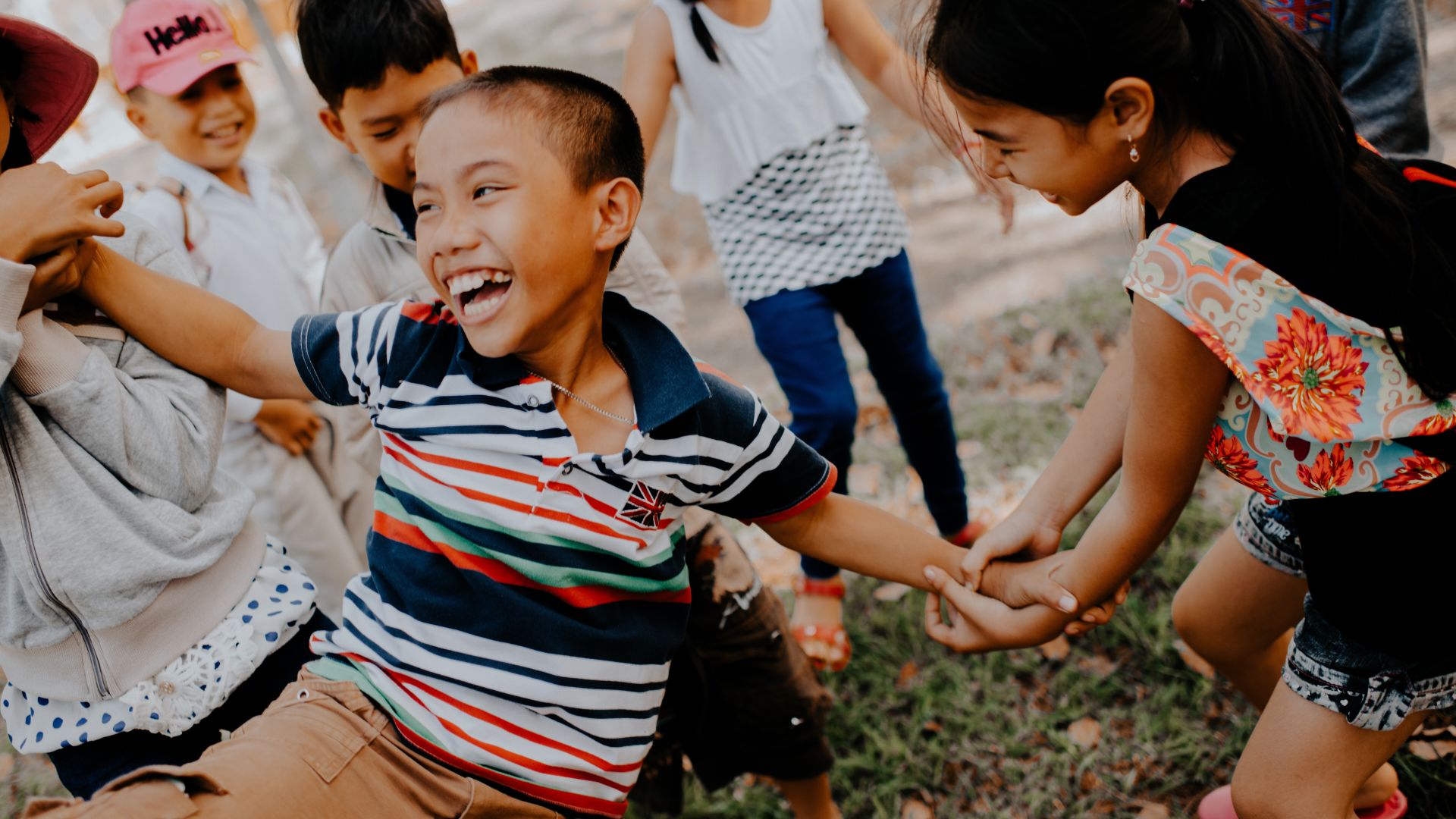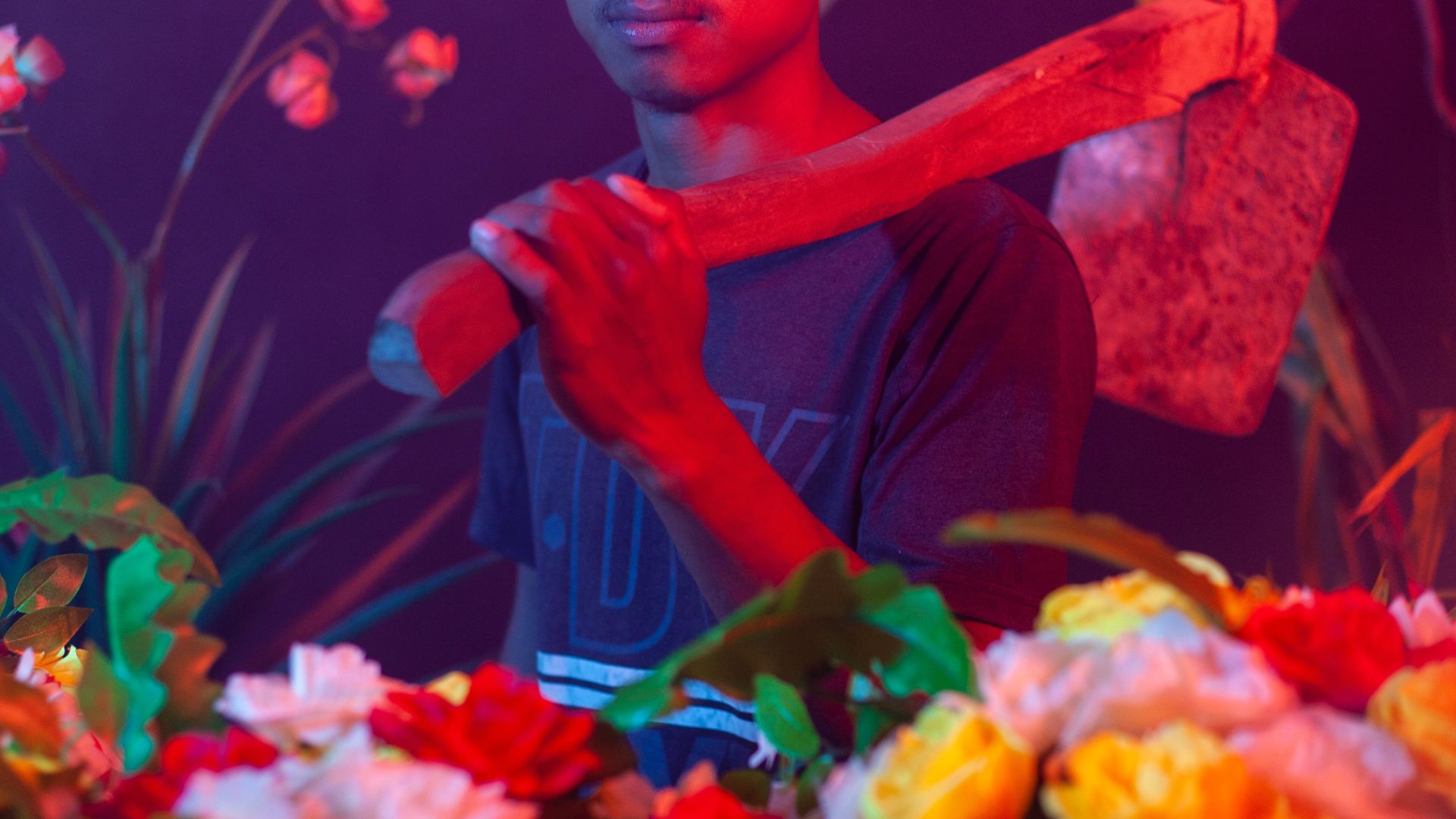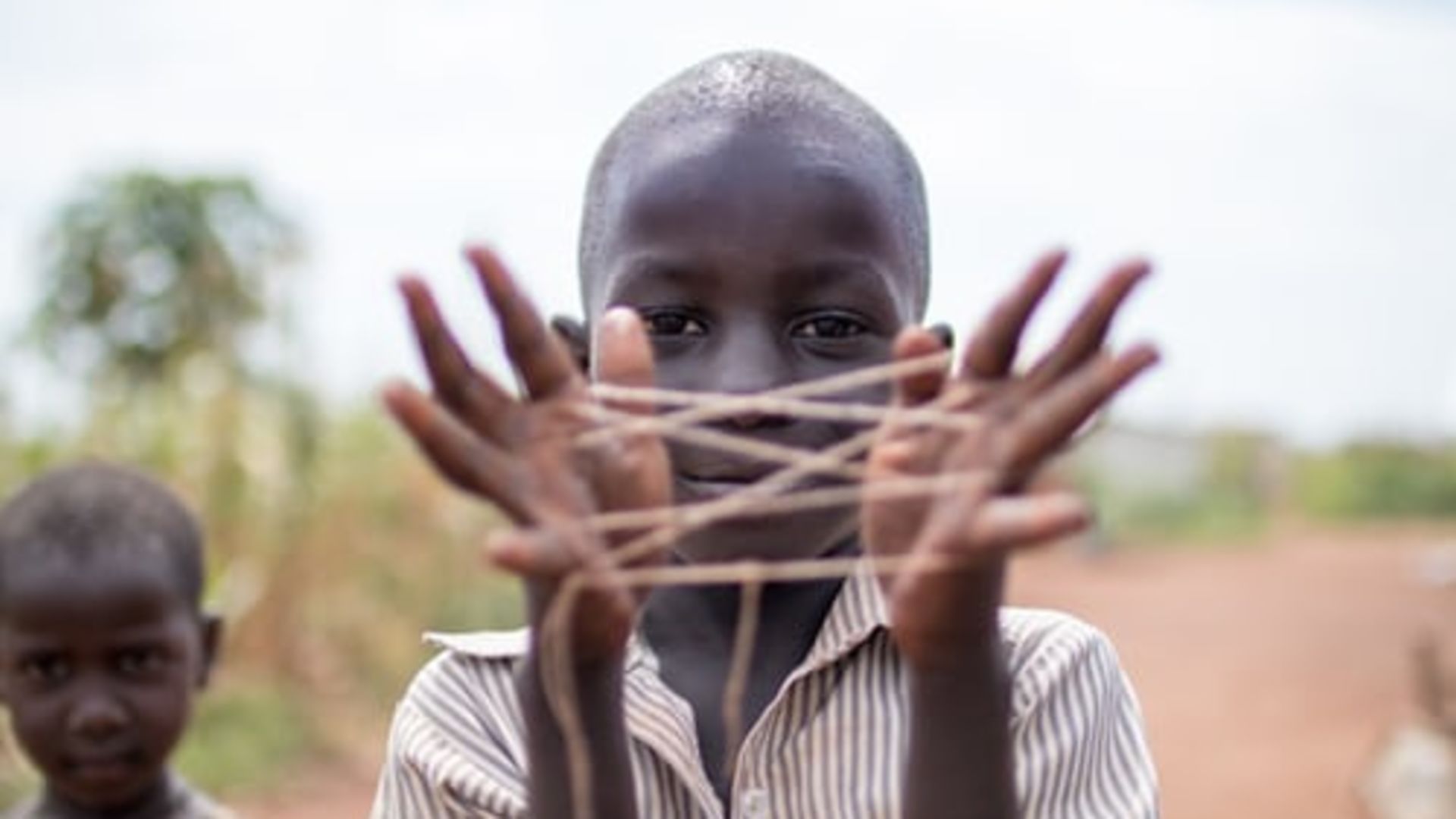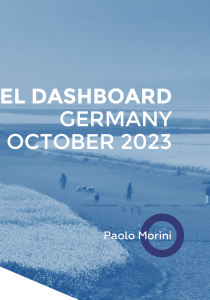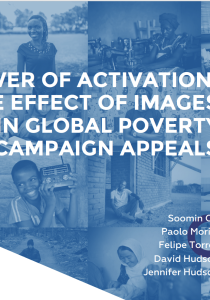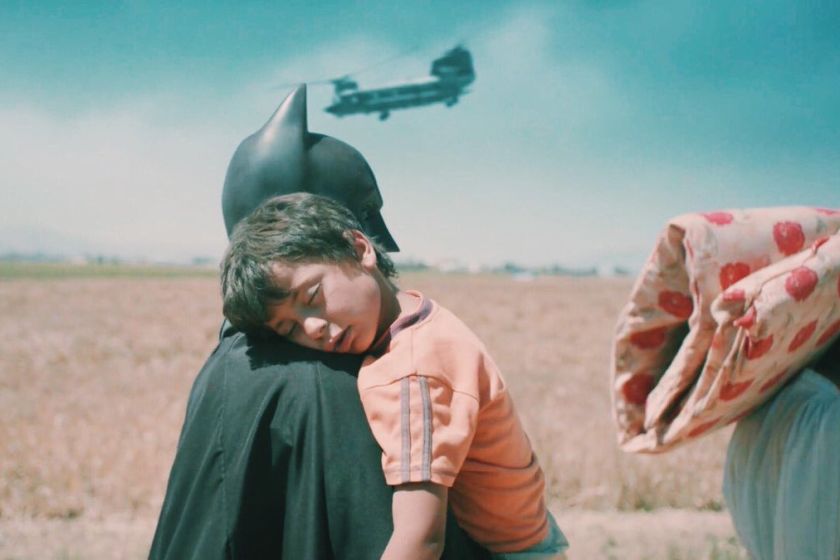
The Purpose of NGO campaigning
Millions of NGOs exist today to make a difference in the world, and it almost goes without saying that NGOs are in tight competition when it comes to winning the attention of their possible donors and volunteers. NGOs’ marketing is crucial in convincing people that exactly their cause is the one on which they should spend their time and money. One strategy in particular has become common practice: placing the horror and the vulnerability of individuals front and center in campaigns and appeals. We all recognise this traditional way of campaigning (also known as ‘poverty porn’), particularly in humanitarian appeals on TV, in newspaper adverts ad even the radio, whereby an announcer describes in graphic detail suffer-ing children, starving communities and devastated families. The presence of these images and descriptions have become all too familiar.
Even though this strategy has been heavily used over the years, it has only lately been criticized for being counterproductive to the humanitarian cause. Humanitarian NGOs aim to help people, and in many cases also hope to empower people to build a society in which they are independent from outside help in the future. While this is the aim of humanitarian NGOs, critics now point out that the traditional approach to campaigning clashes with that cause.
The Contradictory Imagery of Humanitarian Aid Campaigning
Professor of Media and Communication at London School of Economics, Lilie Chouliaraki (2010), presents a number of categories of humanitarian communication. The traditional ‘poverty porn’ approach we’ve all encountered she characterises as 'shock-effect aesthetics.' Campaigns using the shock-effect are criticized for sending subverted, destructive signals that undermine the campaign itself. By pointing out the weakness and dependence of their subjects, this sort of imagery serves to nurture stereotypes about the Global South, while also upholding power imbalances with the Global South.
So how do NGOs move away from the old methods? How do they create campaigns which do not conflict with their aim to better the lives of people facing humanitarian crises? Using narrative and semiotic analysis, we examined three rather recent, non-traditional campaigns concerning the Syrian refugee crisis; Batman/War Child, Most Shocking Second a Day/Save the Children and Vision not Victim, respectively.
Eurocentrism
We found that all three campaigns share a common trait; they all create imagery which tries to minimise the distance between those receiving aid and the potential benefactor. In other words, the campaigns aim to make the needs and concerns of Syrian refugees more relatable to the (typically Western) audience. To do this, the organisations positioned the Syrian refugees not as explicitly ‘needy,’ a contrast to the traditional approach, whereby the suffering of the people in question is on full and detailed display. For instance, the subjects in the Save the Children campaign are in London, relatable and familiar setting for viewers of the appeal. The story remains the same: a young girl is forced into becoming a refugee. This combination of relatable, non-traditional contexts with the true-to-life, ‘traditional’ narrative of statelessness brings the crisis closer, both psychologically and geographically, to a Western audience.
In the War Child campaign we see a similar approach, just the other way around. The setting is a refugee camp (traditional imagery), but the narrative is a relatable one: an imaginative child pretends Bat-man is his playmate. Yet even in this non-traditional approach, there are shades of implied white saviour-ism: Batman can be interpreted here as the savior from the West, sent to rescue the refugees.
These attempts at less destructive, more balanced campaigning present their own challenges: Campaigns that frame subjects as ‘relatable’ to Western audiences inevitably fall into the trap of Eurocentrism. The power balance, thus, between those with resources and those facing crises remains unfairly tilted. It’s difficult to argue these new approaches are any less exploitative than the traditional strategies we hope to leave behind.
A Complex Puzzle
Designing ethical NGO campaigns is not easy. The challenge requires the rebalancing of power at a time when those societies and institutions called on to give aid simply haven’t encountered crises on the same scale as those currently threatened with disaster. It’s difficult to imagine a campaign that works around this power imbalance, and which does not place the power solely in the hands of the donor, whereby lives and livelihoods then depend precariously on a donation.
Yet, some campaigns are more sensitive to power relations than others. Chouliaraki also presents a ten-dency which she calls positive imagery, which means “glossing over” the reality of the people in humani-tarian crisis. She describes some issues with this approach, but she also points out that the subjects of these campaigns are portrayed as people with agency, and not as dependent and weak, which may diminish the power imbalance between the benefactor and the beneficiary to some degree. For now, though, only time will tell if someone will ever be able to create a campaign which is able to completely work around the biggest of these ethical issues concerning NGO campaigning.
For now, though, it’s the responsibility of campaigning organisations to keep experimenting, keep trying to correct these imbalances produced through their campaigns in hopes of a more inclusive toolkit of campaign strategies, and the responsibility of society at large to eliminate power imbalances altogether.
*Video courtesy of Save the Children, photo courtesy of War Child UK.




